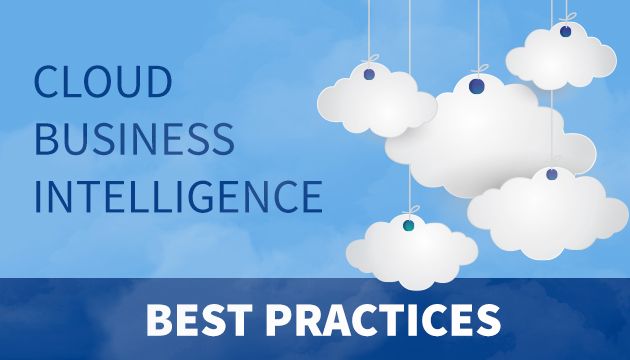
In this installment of our best practices for cloud business intelligence series, we explore another best practice that can be used to guide vendor selection from a technological standpoint: architecture and features.
One of the chief benefits of cloud BI is the ability for business users to assemble and visualize data from multiple sources, including social media, machine, and other data types generated by Internet of Things (IoT) sensors and devices.
While a deeper range of data sources provides business users with a more comprehensive view of customer and market conditions that can strengthen decision-making, it’s still important to ensure that the architecture provided by a cloud BI provider meets your organization’s business requirements.
For instance, customization can be difficult in some cloud environments, particularly in multi-tenant settings where many clients share a single architecture. As such, it’s critical for organizational leaders to conduct due diligence on business needs and how any customization may impact costs for deployment.
Another benefit of transitioning to a cloud BI environment is the ability for organizations to receive a regular cadence of new features at a faster pace than traditional solutions can deliver.
Still, it’s important for buyers to scrutinize the features release schedule from providers to better determine when new releases will be available and how/whether planned features map with your organization’s business requirements.
The rapid pace of feature releases is another reason why a growing number of businesses are gravitating toward cloud BI. According to Aberdeen Group’s 2014 Business Analytics Survey, 23% of enterprise organizations have a cloud analytics solution deployed while another 26% of respondents have plans to implement a cloud solution in the future.





